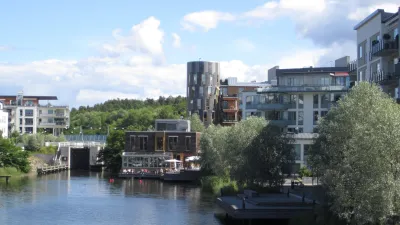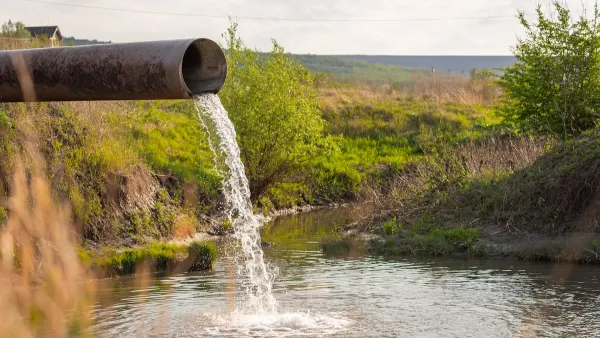This second of a series on brownfield remediation and development is a funny and sarcastic primer about the process and its failures. Written by Environmental attorney Richard Opper.

In 2002, amendments to CERCLA (Comprehensive Environmental Response, Compensation, and Liability Act)—the Superfund Law, were supposed to create a "get out of jail card" for owners of land who were innocent of polluting it or were diligent in investigating for pollution before acquiring it. It hasn't quite worked out that way, writes Richard Opper, an environmental attorney in San Diego, in a funny and sarcastic manner that could not be duplicated in this summary. Moreover, Phase 1 reports have created a cottage industry in which a large percentage of the reports are quite meaningless—except for their costs. Opper writes:
Now the bad news is that efforts by property owners to claim this protected space have not met with general success. Sometimes it’s been a good thing – but more often there is some little bit or piece of the puzzle that you just sort of missed and WHAM! Color you a Responsible Party. And, by the way, if the strategy does work, it ONLY works for CERCLA as a “get out of jail pass”. It doesn’t work for the Clean Water Act (federal) or Porter-Cologne (state) or claims of nuisance or any one of a dozen creative ways lawyers can tell you, “tag, you’re it.”
He goes on:
We now routinely use a Phase I for every property transaction that takes place. Lenders demand it (despite the fact that they get a special extra CERCLA exemption). So this notion of taking an “initial study” to see if there might be a “release of hazardous substances” that requires assessment and remediation gets routinely applied to all deals. And each time it follows the set rules about how to address the issue. And at no point did anyone ever consider – why are we doing this for property that has already been studied, assessed AND remediated, all under the watchful eye of a regulator?
Opper goes on to point to a number of the other ways the new Phase I requirements fail. For anyone wanting to understand the brownfield environmental process better, and where it needs improvement, please read Richard Opper's series on Brownfields.
FULL STORY: Observations from the Brownfield Trenches: The Phase I Report

National Parks Layoffs Will Cause Communities to Lose Billions
Thousands of essential park workers were laid off this week, just before the busy spring break season.

Retro-silient?: America’s First “Eco-burb,” The Woodlands Turns 50
A master-planned community north of Houston offers lessons on green infrastructure and resilient design, but falls short of its founder’s lofty affordability and walkability goals.

Delivering for America Plan Will Downgrade Mail Service in at Least 49.5 Percent of Zip Codes
Republican and Democrat lawmakers criticize the plan for its disproportionate negative impact on rural communities.

Test News Post 1
This is a summary

Test News Headline 46
Test for the image on the front page.

Balancing Bombs and Butterflies: How the National Guard Protects a Rare Species
The National Guard at Fort Indiantown Gap uses GIS technology and land management strategies to balance military training with conservation efforts, ensuring the survival of the rare eastern regal fritillary butterfly.
Urban Design for Planners 1: Software Tools
This six-course series explores essential urban design concepts using open source software and equips planners with the tools they need to participate fully in the urban design process.
Planning for Universal Design
Learn the tools for implementing Universal Design in planning regulations.
EMC Planning Group, Inc.
Planetizen
Planetizen
Mpact (formerly Rail~Volution)
Great Falls Development Authority, Inc.
HUDs Office of Policy Development and Research
NYU Wagner Graduate School of Public Service



























